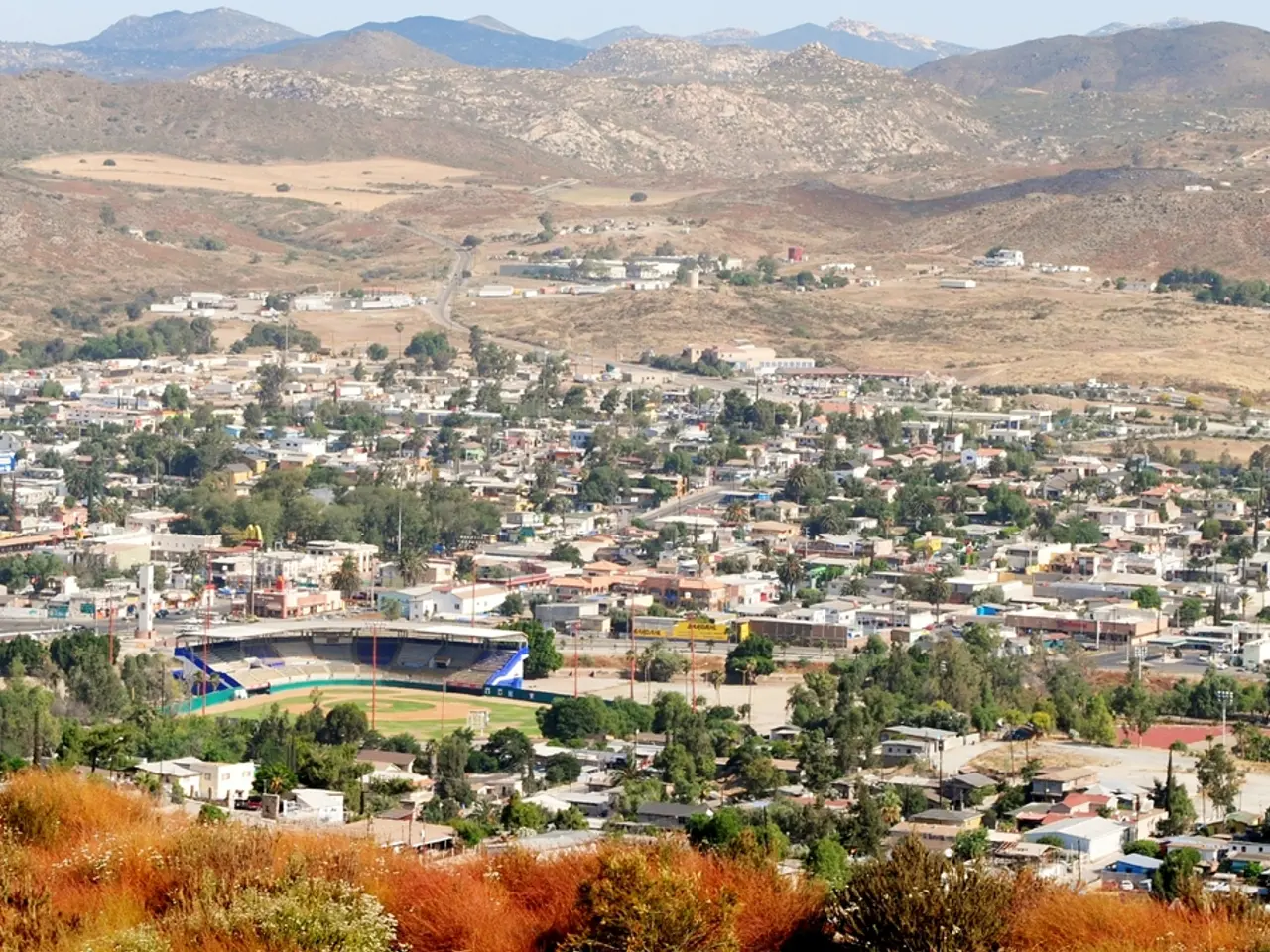The Earth's Rotational Glitch: Could We Experience a Reverse Leap Second?
Earth's rotation has been accelerating at an unprecedented pace, with days becoming shorter by up to 1.66 milliseconds [1][2][3]. This unexpected speed-up has led to discussions about introducing a negative leap second - a rare time adjustment where a second is removed to keep atomic time aligned with astronomical time [3].
Implications for Telecommunications and Satellite Navigation:
Both systems depend on precise timing to coordinate signals, calculate positions, and maintain network integrity. Satellite navigation systems like GPS rely on atomic clocks synchronized to UTC, which is tied to Earth's rotation. A negative leap second presents challenges since current timekeeping and software infrastructures are designed to accommodate only positive leap seconds (an added second). This could cause errors or synchronization failures if not properly managed [3].
Sudden changes in day length could also affect satellite orbit predictions and the synchronization of communications protocols, potentially disrupting data transmission and positioning accuracy.
Implications for Global Financial Networks:
Financial markets and transactions use highly precise timestamps for trade order sequencing, timestamping, and regulatory compliance. Introducing a negative leap second without adequate preparation can cause time-stamping anomalies, leading to transaction inaccuracies or disputes. Networked computer systems and trading algorithms must correctly handle leap seconds to avoid errors; a negative leap second increases complexity since it is less commonly encountered and supported [3].
Preparing for the Unprecedented:
The recent unusual acceleration in Earth's rotation and the prospect of negative leap seconds present technical challenges. Telecommunication, satellite navigation, and global financial systems require software, hardware, and protocols to be updated to handle these time adjustments robustly, preventing disruptions in critical infrastructure.
Melting ice in Greenland and Antarctica slows Earth's spin Anomaly by redistributing mass. Future scenarios suggest that climate effects could dominate lunar influences [4]. Meltwater from ice sheets has contributed to a third of global sea level rise since 1993 [5].
The General Conference on Weights and Measures (CGPM) decided to retire the leap second by 2035 [6]. However, the introduction of a negative leap second, if not meticulously planned, could trigger cascading failures across critical infrastructure.
References: [1] Energy Reporters, "Earth's Unthinkable Speed Surge" (Aug 5, 2025) [2] CNET, "Earth Is Spinning Weirdly Faster" (Aug 6, 2025) [3] NDTV, "Earth Is Mysteriously Moving Faster On August 5" (Aug 5, 2025) [4] Climate Central, "Climate Change and Earth's Rotation" [5] NASA, "Greenland Ice Sheet Past, Present, and Future" [6] BBC, "Leap seconds to be phased out by 2035"
- The unprecedented acceleration in Earth's rotation and the possible introduction of a negative leap second could pose significant challenges for environmental science, specifically in areas like climate-change research, as it may impact data collected and analyzed using data-and-cloud-computing technologies.
- As technology advances, it will be crucial to incorporate the implications of Earth's rotational changes in various fields, including scientific research on climate change, to ensure the collection, processing, and interpretation of accurate and reliable data.




